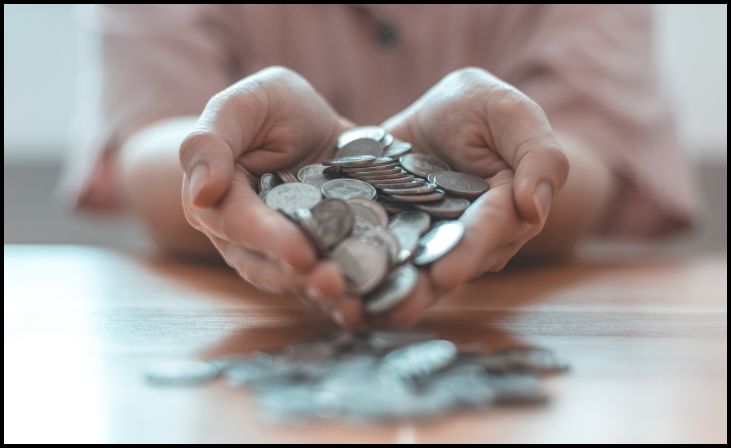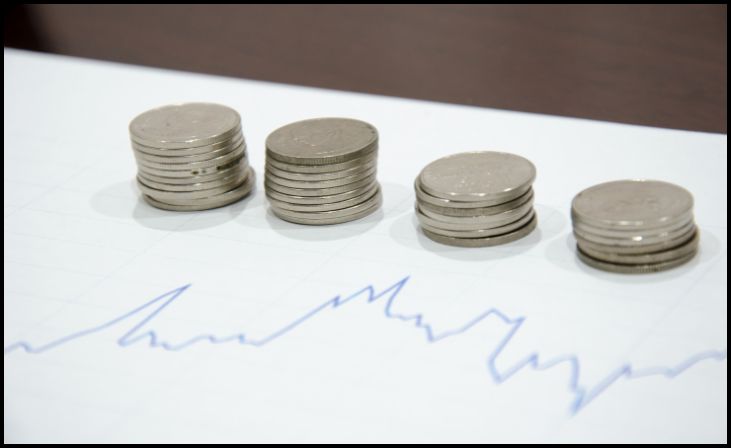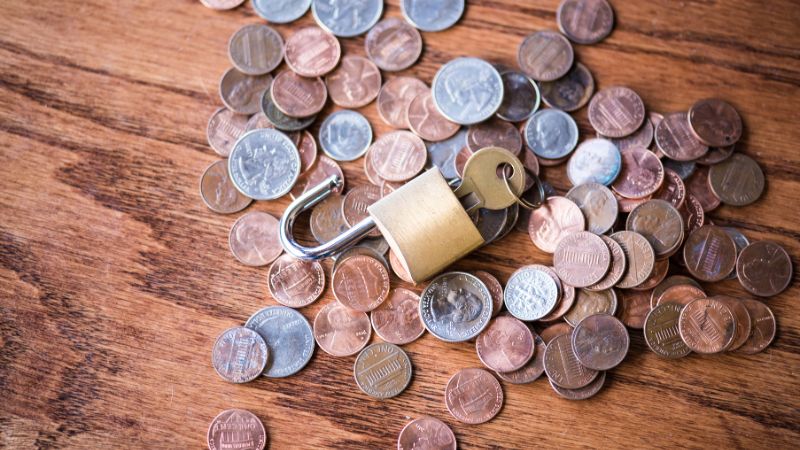In the world of coin collecting, distinguishing between genuine treasures and clever counterfeits is paramount. Whether you’re a seasoned numismatist or a budding collector, safeguarding your collection demands a keen eye and informed approach. This blog explores seven essential tips to help you spot counterfeit coins effectively.
From examining the minutiae of a coin’s design to understanding the nuances of its composition, each tip is designed to empower collectors with the knowledge needed to protect their investments. We delve into the significance of weight, scrutinize the details of mint marks, and explore the importance of conducting thorough research before making any acquisitions.
With the proliferation of advanced technology and increasingly sophisticated counterfeiters, the stakes have never been higher. By honing your skills in authentication and staying vigilant, you can ensure that your collection remains a testament to history, authenticity, and the enduring allure of numismatics. Let’s embark on this journey together to safeguard the integrity of your coin collection.
1. Know Your Coins

One of the most effective ways to spot counterfeit coins is to have a thorough understanding of the coins you collect. Take the time to familiarize yourself with the specific details of each coin, including its weight, size, design, and any unique features or markings. By knowing these details inside and out, you’ll be better equipped to identify any discrepancies that may indicate a counterfeit.
2. Inspect the Details
When examining a coin, pay close attention to the finer details of its design. Look for any inconsistencies or irregularities, such as misspellings, mismatched fonts, blurred edges, or poorly defined features. Counterfeiters often struggle to replicate these details accurately, so spotting discrepancies in the design can be a telltale sign of a counterfeit coin.
3. Check the Weight and Dimensions
Genuine coins are manufactured to specific weight and size standards, so any deviation from these standards may indicate a counterfeit. Use a precise scale and calipers to compare the weight and dimensions of the coin in question to those of genuine coins of the same type and denomination. Significant discrepancies in weight or size should raise red flags.
4. Test the Metal Composition

Many counterfeit coins are made from base metals or alloys rather than the precious metals used in genuine coins. One simple way to test the metal composition of a coin is to use a magnet. Most genuine coins made of precious metals like gold or silver are not magnetic, so if the coin is attracted to the magnet, it’s likely a counterfeit.
5. Look for Mint Markings and Security Features
Genuine coins often feature mint markings or security features that are difficult for counterfeiters to replicate. These may include microprinting, reeded edges, holograms, or special engravings. Take the time to carefully examine the coin for these markings and features, as their presence can provide strong evidence of authenticity.
6. Seek Professional Authentication
If you’re uncertain about the authenticity of a coin, don’t hesitate to seek professional assistance. Reputable coin dealers, numismatic experts, and professional grading services can provide expert opinions and authentication services to help you verify the legitimacy of your coins. While there may be a cost associated with professional authentication, the peace of mind it offers is invaluable.
7. Stay Informed and Vigilant

Finally, it’s essential to stay informed about the latest counterfeiting techniques and trends in the numismatic community. By staying vigilant and keeping abreast of developments in the field, you can better protect yourself against counterfeit coins and safeguard the integrity of your collection.






